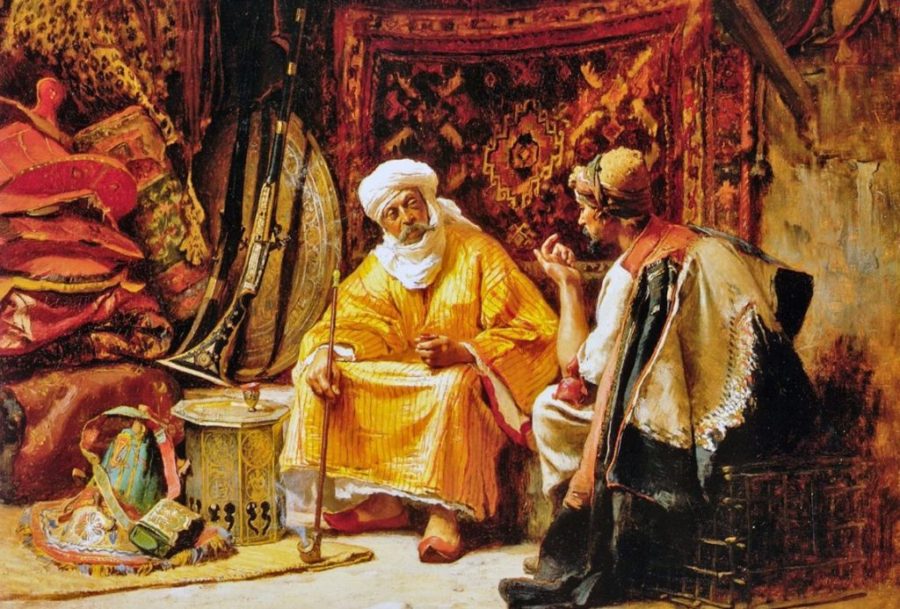
HOW THE GOVERNERS OF THE ISLAMIC STATES WENT TO THE “PEOPLE”
The tradition, when the rulers, dressed in simple clothes, went “to the people” in order to personally see how people live or listen to what they say about themselves, in Islamic culture was called the terms tabdil al-qiyafa (“change in appearance”), tagayyur (“change”) or tanakkur, writes Nebi Bozkurt for İslam Ansiklopedisi.
In addition to changing clothes, changing appearance could include makeup, shaving off hair, beards and mustaches. In history, one can find many examples of such “going to the people.” Islamic sources report that after the Prophet Dawood (peace be upon him) became the ruler, he, disguised, walked among the people in order to find out their opinion about his decrees and state policy. The Bible tells us that Saul and some of the kings of Israel did similar things.
As historical examples show, tabdil al-qiyafa was performed in order to find out the situation of the people, to have fun or hide from enemies. The sources give different stories about the rulers who did this. Caliph Umar (may Allah be pleased with him) reportedly wandered the streets of Medina at night to find out how the people were living and whether they were satisfied with his rule. The practice of tabdil al-qiyafa became widespread during the Abbasid period. The emir of Nishapur, Abdullah ibn Tahir, had a habit of changing clothes and going to the mosque in the evenings, where the imam was Abd ar-Rahman ibn Bishr, known for his excellent reading of the Koran. Harun al-Rashid and his vizier Ja’far ibn Yahya al-Barmaki often changed clothes and went “to the people”. It is known that the Byzantine emperor Theophilus, imitating this caliph, wandered around the city in disguise, talked with the poor and destitute of his subjects, listened to their complaints and punished the guilty in such a way that there was an edification for others. This was also practiced by caliphs such as Mutazid-Billah and Kadir-Billah, who disguised themselves as merchants. Some disguised themselves as dervishes, women, beggars and priests. Razia Sultan, one of the rulers of the Delhi Sultanate, went “to the people”, wearing men’s clothes and covering her face with a niqab.

Source: bursa.com
Dressing up was also addressed as a military stratagem or for the purposes of espionage. Often this was a means to escape from enemies. Ubaydullah al-Mahdi, the founder of the Fatimid Caliphate, who was ordered to be captured by the Abbasid Caliph Muktadir-Billah, made his long journey from Syria to Ifriqiya under the guise of a merchant. Ibn Vasul, the ruler of the Midrarid dynasty of the state of the same name, did not dare to confront the commander Jauhar al-Sakali, sent to North Africa by the Fatimid caliph Muizz-Lidinillah, and, having changed clothes, secretly left Sijilmasa with his family and relatives. The ruler of the Kony Sultanate, Kei-Khosrov II, having been defeated at Kose-dag, fled under the cover of night, changing his clothes.

Source: yenisafak.com
Islamosphere
SOURCE: https://islamosfera.ru/kak-praviteli-islamskix-gosudarstv-xodili-v-narod/

